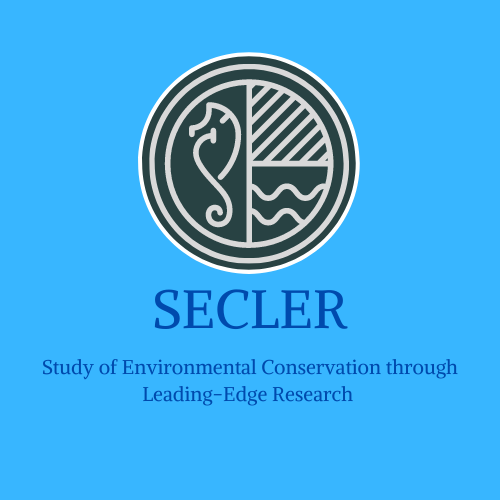Date of Creation
Fall 8-25-2023
Document Type
Dataset
Abstract
Large colonies of two vulnerable, sympatric pinniped species, Peruvian fur seals (Arctocephalus australis Peruvian subpopulation; PFS) and South American sea lions (Otaria byronia; SASL), reside and reproduce in Punta San Juan, Peru (PSJ) where they are exposed to stressors such as contaminants and El Niño Southern Oscillation (ENSO) events. The use of cytokines as immune biomarkers can be indicative of an animal’s health and function by allowing for the assessment of an individual's cytokine balance as type I helper T cells (Th1) or type II helper T cells (Th2) dominant. Utilizing archived pinniped plasma samples from 2009-2019 (n=148), 13 cytokines (GM-CSF, IFN-γ, KC-like, MCP-1, TNF-α, IL-2, IL-6, IL-7, IL-8, IL-10, IL-15, IL-18, and IP-10) were analyzed in PFS and SASL. All cytokines, except for IP-10, were detected in at least one individual of each species. Significant differences were found between sex in SASL for IFN-γ, IL-6, and KC-like, which suggested differences in immune system functioning and/or development between sexes. Significant differences between species were found as PFS females displayed higher concentrations of Th2 cytokines (IL-6 and IL-10) than SASL females, and SASL males displayed higher concentrations of KC-like than PFS males. Cytokine analysis of PFS dam/pup pairs revealed an upregulated Th2 response in pups compared to dams, consistent with the immature immune system characteristics of newborn mammals. While no statistically significant relationships between cytokines and ENSO events were observed, comparisons of Th1/Th2 ratios displayed trends toward upregulated Th2 responses during El Niño conditions. This study shows differing cytokine profiles between sexes, age class, and species in Peruvian pinnipeds, as well as potential Th1/Th2 differences related to ENSO conditions, which may impact their ability to combat extracellular pathogens during stressful El Niño periods.
Recommended Citation
Munaco, Mykenzee; Levin, Milton; Adkesson, Michael; Cárdenas-Alayzad, Susana; Giarikos, Dimitrios G.; and Hirons, Amy C., "Cytokine Data for Cytokine Profile Assessment from Peruvian Pinniped (Arctocephalus australis and Otaria byronia) Plasma" (2023). SECLER Data. 2.
https://nsuworks.nova.edu/secler_data/2
Included in
Environmental Indicators and Impact Assessment Commons, Immunopathology Commons, Marine Biology Commons


